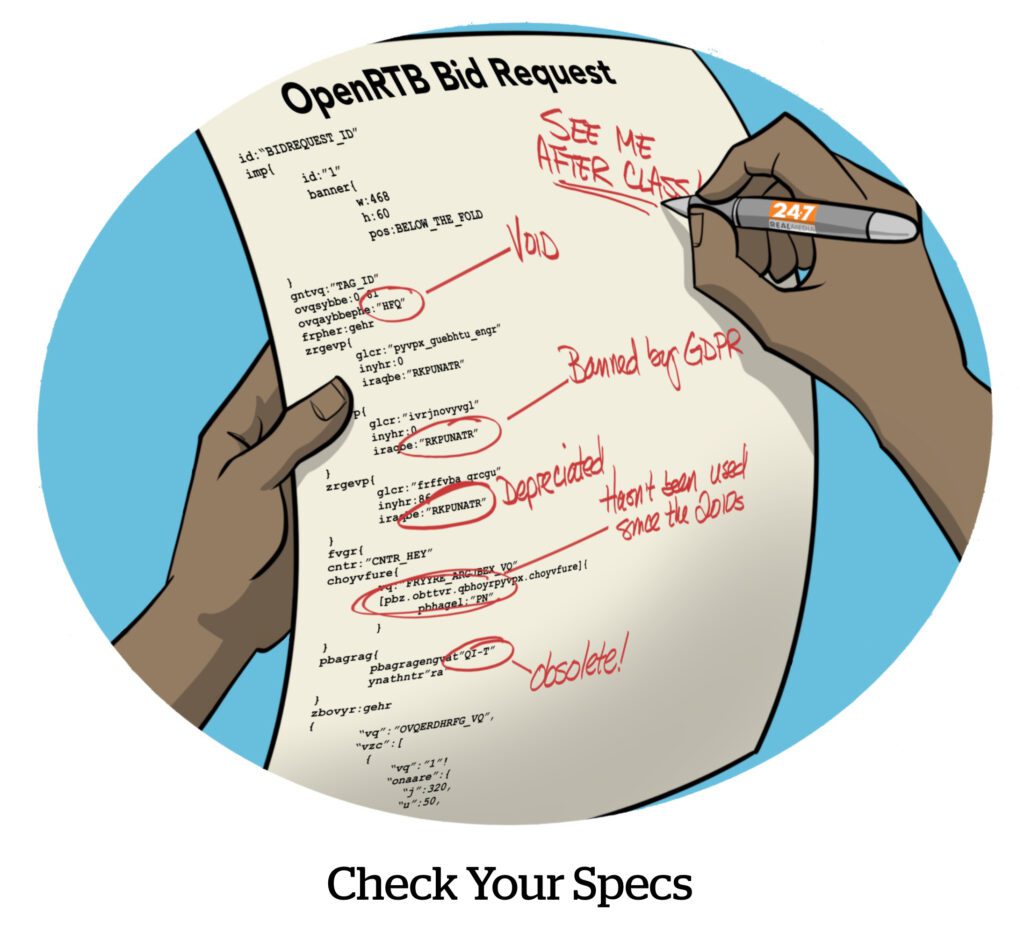The open web is dead; long live the open web. It’s healthy; it’s full of opportunity; it’s doomed; it’s a mess. Also, what even is the open web, and do consumers care about the definition?
This is the sort of inside baseball stuff that ad tech CEOs and founders somehow still continue to debate when they convene, like at LUMA’s Digital Media Summit in New York City on Tuesday.
At best, it can feel like navel-gazing. More poignantly, it can feel like fiddling as the Titanic sinks – and there isn’t just one iceberg. The horizon is full of them.
Walled gardens dominate web traffic and ad revenue. Search and social referral traffic is on the decline. The open web’s share of digital ad revenue is shrinking.
And the mad dash to train large language models is accelerating every single one of these trends.
Meanwhile, buyers and sellers can’t even agree on how to define quality.
When life gives you lemons, etc.
This is one of the “fundamental problems” facing the online advertising industry, said Marc Guldimann, CEO and co-founder of attention measurement startup Adelaide, during a panel discussion at LUMA’s DMS optimistically entitled the “Future of the Open Web.”
Without a shared understanding of what constitutes quality, buyers get too focused on cost, “and it leads us down the path into a lemon market and to this point where there’s unlimited supply,” Guldimann said.
“A publisher will always stick another ad format on the page,” he added.
But there should be a limit on supply, because it’s not as if there’s unlimited demand. Yet many publishers are facilitating their own death spirals to try and satisfy the buy side’s insatiable desire for cheap reach. Publishers sell lemons because there seems to be a market for lemons.
Meanwhile, there’s “no way for the buy side to hold the sell side accountable,” Guldimann said.
If there was, then we’d likely see “a lot of the weird things we do in this industry just resolve themselves,” he said, pointing to supply-path optimization, the industry’s fixation on attribution and cost-plus pricing.
“All of these things are artifacts of a lack of language or syntax to just talk about the quality of the opportunity that an advertiser is going to buy,” Guldimann said.
The generative AI feedback loop
But doesn’t the proliferation of generative AI technology render most of this debate moot?
Generative AI will make content production incredibly cheap, Guldimann said, and the output will eventually be “good enough” for people to prefer consuming it over human-generated content, which is also more expensive to make.
If the cost of production goes down, then publishers – or whatever they’ll be called in the future – won’t need to monetize with as many ads to break even.
“This is going to create a feedback loop,” Guldimann said, “which will probably move the market off of broadcasting supply to broadcasting demand.”
Then again, under ideal circumstances, less is always more.
“In a world where advertising is really relevant, there should be fewer ads because each of those ads gets more effective,” said Konrad Feldman, CEO and founder of Quantcast. “And then your decision-making and how you evaluate the price of those [ads] becomes even more important.”
But it’s also important to underscore that “the open web is not some relic; it’s a massive opportunity,” Feldman said. “It’s inevitable that successful businesses will work out how to tap that.”
What’s in a name?
So maybe what the open web needs is a rebrand.
“Open ecosystem” might be a more accurate term, especially considering how regular people experience the internet, said NextRoll CEO Roli Saxena.
Consumers navigate seamlessly across mobile, the web and social media platforms without ever making a distinction between the open web and walled gardens.
“When I say ‘open ecosystem,’ I mean consistency,” Saxena said. “I mean being accessible, being interoperable, being transparent and being able to run campaigns across all of the different places that consumers are and measure effectiveness across the board.”
And that isn’t an impossible dream. The independent ad tech ecosystem just has to figure out a better way to collaborate, said Tom Pachys, CEO and co-founder of EX.CO.
“The fragmentation between technologies and companies is the challenge, right?” Pachys said. “If you look at the gardens, they don’t have that problem.”

















